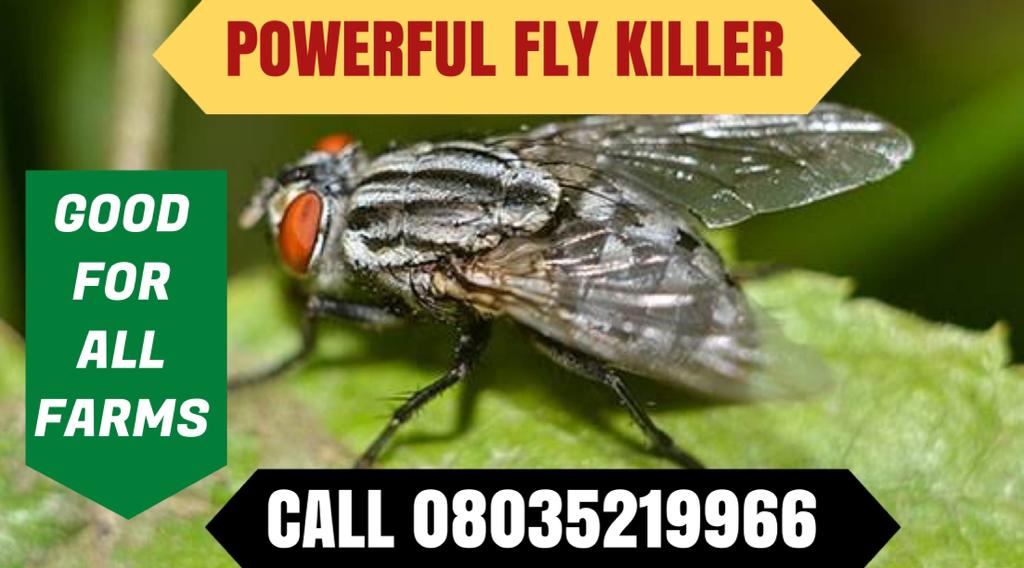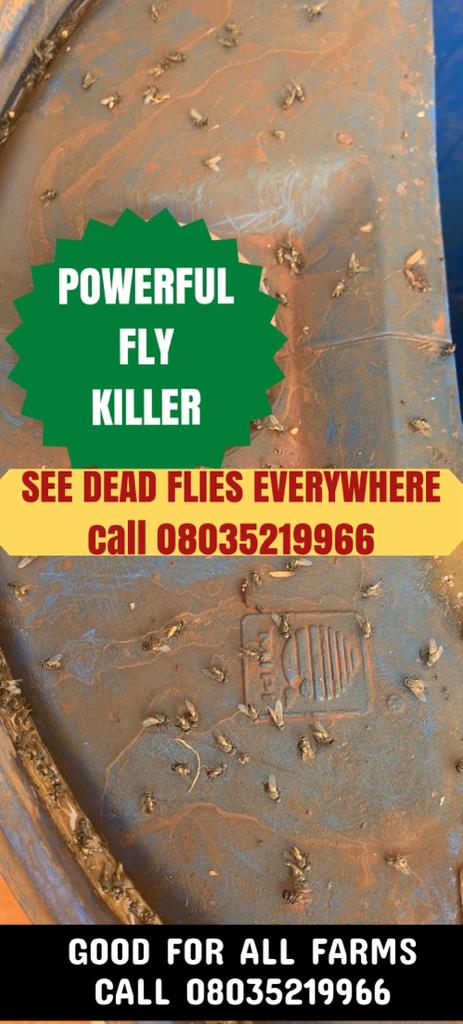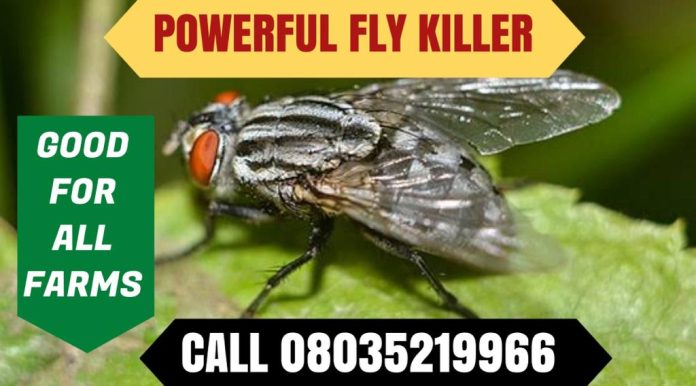6 Things to keep in mind about fly control
Flies can be more than an annoyance – they can even be dangerous, transmitting diseases to farm animals
 Learn More
Learn More
1. Flies don’t stop at the fence line.
“If neighboring properties are not doing a good job of keeping flies under control, even a couple of miles down the road, flies can soon make their way to your farm.”
2. Many fly control methods are available.
“We have fly sprays and feed-through insecticides that inhibit growth of immature fly stages, as well as fly traps, pour-on insecticides and for cattle, there’s also insecticide tags, dust and cattle rubs.”

3. For cattle, flies are less annoying, but still risky.
“Because cattle have a much thicker hide, flies don’t bother them quite as much. However, cattle are still at risk for fly-transmitted diseases, like pinkeye and anaplasmosis.”
READ ALSO 13 failure proof practices of wise poultry farmers
4. Painful and annoying, flies also impact animal health.
“Flies contribute to significant animal diseases and conditions, including pigeon fever, strangles, influenza, Salmonella, eye worms and summer sores, which are chronic, fleshy and non-healing wounds.

5. flies are tricky to control.
“Persistent stable flies can best be controlled using sticky fly trap products that feature a series of colors in a multi-dimensional pattern. This design is an insect attractant, and they work well.”
6. Good management is key, in addition to effective fly control products.
“The importance of environmental management to minimize fly breeding areas cannot be overstated, especially for confinement operations and horse stables. In the pasture setting, encourage water drainage and minimize decaying plant matter with cutting or burning. In confinement areas like pens, stalls or paddocks, remove manure, damp and soiled hay, uneaten grain, and any other source of decaying organic matter weekly at a minimum, and scatter to dry. Proper cleaning and addressing damp areas will reduce fly breeding sites, disrupting the fly life cycle, and will have a significant impact on fly numbers.”















